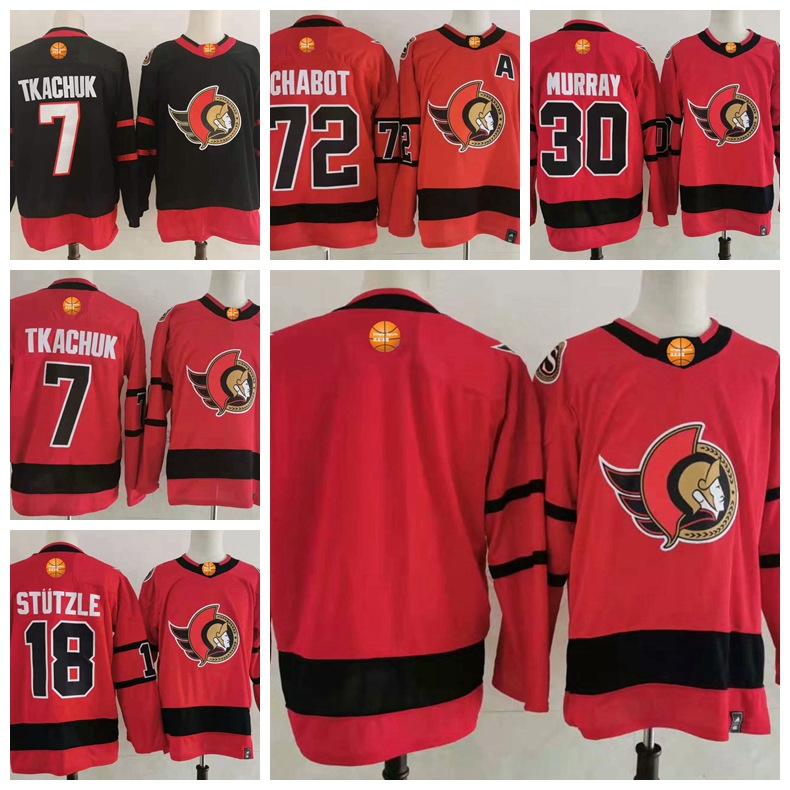
- GuangZhou Binqinuo Clothing CO.,LTD.
- Welcome to our clothing factory to purchase sweaters,sportswear,t-shirt,shirts,down jackets...

Fit is paramount: the cornerstone of comfort and performance.

In field hockey, a well-fitting jersey is the key to excellence. The size of your jersey has a direct bearing on your experience and your performance. An ill-fitting jersey can be a hidden stumbling block that can prevent you from performing well.
Imagine stepping out on the field in a jersey that's too small for you, and the tightness of the fabric seems to be a constraint that limits your every movement. Whether you're running fast, swinging hard, or turning nimbly, it's as if you're bound by invisible ropes that make it difficult to perform. Not only that, the small space will make you feel hot and uncomfortable, sweat can not be emitted in time, as if in a steamer, this discomfort will continue to distract your attention, so that you can not fully concentrate on the game.
Oversized jerseys are also problematic. Loose sleeves and a long hemline can become a liability when you move, fluttering wildly with your movements, interfering with your vision and affecting your judgment. In a fierce confrontation, it may also be seized by your opponent and become a breakthrough in the defense, putting you in a passive position. Moreover, oversized jerseys can't fit your body and can't effectively perform the sweat and breathability functions. Sweat accumulates between the clothing and your skin, which not only easily breeds bacteria and causes skin problems, but also makes it easier for you to lose temperature in cold weather, affecting your health.
So how do you find the perfect fitting field hockey jersey? First, accurate measurements are key. Prepare a soft tape measure and measure your bust, waist and hips. When measuring, keep your body upright and breathe naturally to ensure accurate data. Take chest circumference for example, place the tape measure horizontally around the fullest part of your chest and read the data; waist circumference is measured horizontally above your belly button; hip circumference is measured at the fullest part of your hips.
There may be slight variations in jersey sizing from brand to brand, so be sure to check the size chart provided by the brand carefully when shopping. For example, CCM brand field hockey jerseys have detailed standards for their sizes, with XS sizes suitable for people with 33-35 inch chests and XL sizes suitable for people with 45-48 inch chests. When comparing the size chart, combine your measurements and choose the closest size. If you are in between sizes, it is usually recommended to choose one size larger to ensure comfort and freedom of movement.
Precision Measurement: The Path to the Perfect Fit

Accurate measurements are an important prerequisite for obtaining the perfect fitting field hockey jersey. When measuring the chest, first make sure that the measurement environment is comfortable and well lit, as this will allow you to relax your body and obtain more accurate data. Remove heavy outerwear and wear only light, close-fitting clothing. Stand naturally with your feet slightly apart and shoulder-width apart, keeping your body straight and not stooping or hunching over, as this may affect the results of the measurement. Place a soft tape measure horizontally around the fullest position of the chest, that is, the height of the nipple, the tape measure should fit the body, but not too tight, to avoid strangulation of the skin leading to the measurement of data bias small. Measurement process, normal breathing, do not deliberately hold your breath or deep breath, to be stable tape measure, read the tape measure and the starting end of the overlap of the value, which is your bust size.
When measuring the waist, find the position of the belly button and place the tape measure horizontally around the belly button 1 - 2 cm above the belly button, again keeping the tape measure horizontal and close to the body to avoid tilting or loosening. During measurement, maintain the same body posture as for the chest measurement, without twisting the waist or tucking the abdomen and chest. Read the tape measure and record the waist measurement.
There is also a technique for measuring the hips. Standing in the same position as before, place the tape measure around the fullest part of the buttocks, usually at the lower back of the buttocks, where the gluteus maximus muscle is most prominent. Make sure the tape measure is at the same horizontal height in both the front and back, fitting closely to the body but not causing any noticeable pressure. The measurement obtained at this point is the hip circumference.
Since sizing standards vary from brand to brand, you need to be very careful when comparing sizing charts. For example, when comparing Adidas and CCM field hockey jersey sizing charts, you'll find that Adidas' M size corresponds to a chest circumference of 92.7 - 99.1 centimeters, while CCM's M size has a chest circumference range of 99.1 - 104.1 centimeters. If you choose a jersey from one brand based on your previous experience of wearing a certain size, you are likely to buy a product that doesn't fit. Therefore, every time you buy a new brand of field hockey jersey, you should carefully check the detailed size chart provided and select the right size based on your own accurate measurements.